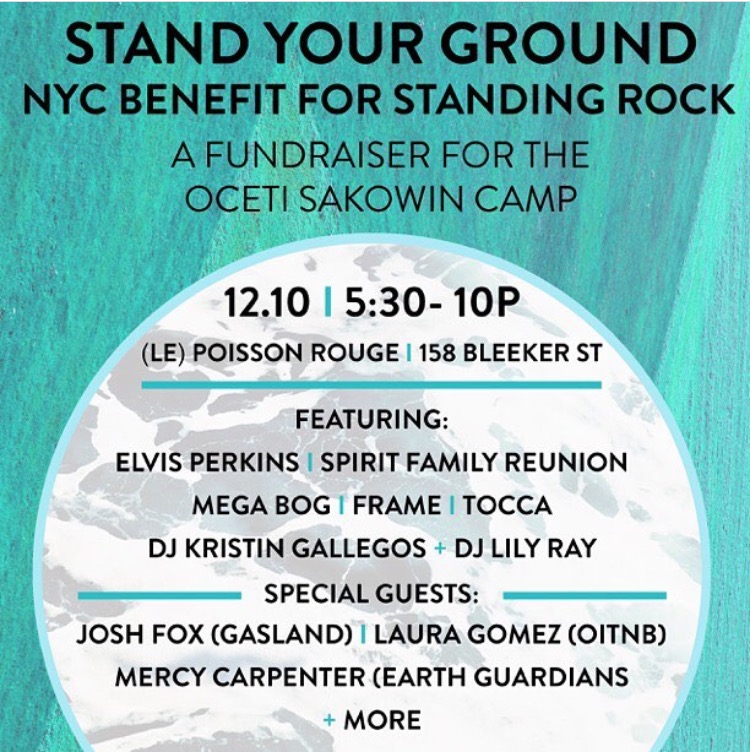First, Get Informed:
Thanks to spotty media coverage, the facts of the fight over the Dakota Access Pipeline are getting blurrier and blurrier. This is what you need to know:
- The proposed project includes a new pipeline spanning over 1,100 miles to connect the Bakken and Three Forks productions in North Dakota to those in Patoka, Illinois. The basic goal of the $3.8 million spend is to transport domestically produced oil from ND to major refineries in a supposedly faster, cheaper, and environmentally responsible way because it will eliminate the need for truck and rail transport.
- The DAPL's parent company, Energy Transfer Partners, promises to transport at least 470,000 barrels PER DAY to the Midwest, East coast, and Gulf Coast. The lengthy construction would mean 8,000 to 12,000 new jobs including generating local and state-level revenues.
- It all may seem like a great plan, but since its approval in late July, the Sioux Tribe have been putting there lives at risk to stop the big build. Why would anyone risk getting maced, attacked by police dogs, by water cannons in freezing temperatures? What's REALLY at stake?
When the Tribal Historic Preservation Office were first asked to consult on the pipeline, they asked for a full archaeological investigation. Those in charge of the U.S. waterways never obliged, but the Public Service Commission went ahead and approved the plan anyway. Once a permit was rushed and issued, the Standing Rock Sioux tribe issued a lawsuit in federal district court to stop construction for two reasons: "First, the pipeline would pass under the Missouri River (at Lake Oahe) just a half a mile upstream of the tribe’s reservation boundary, where a spill would be culturally and economically catastrophic. Second, the pipeline would pass through areas of great cultural significance, such as sacred sites and burial grounds that federal law seeks to protect."
- Many are now reporting that the fight is over. Don't be fooled. While on December 4th, the U.S. Army Corps of Engineers announced they will pause the pipeline for now to see alternative routes, it is not an outright denial of the permit. "The people, the tribes on site understand that. There is still a big fight in front of them if they want to make sure that pipe doesn’t go under their water supply," said Robert F. Kennedy Jr., President of the Waterkeeper Alliance. Robert also notes that if the pipeline is completed, it will release the same amount of carbon as twenty-seven coal burning power plants.
Thankfully, protesters aren't giving up the war and neither should you. Below, we've listed ways to get involved and help!
1. Donate:
Go to StandingRock.org and click "donate."
The Oceti Sakowin Camp is accepting winter gear like wood, sleeping bags, tipis, boots, gloves, and more.
The Standing Rock Sioux are currently collecting donations for legal, sanitary and emergency purposes.
2. Attend A Local #NoDAPL Event:
With a quick social media search, you can find an event for every night of December, all across the country.
3. Make Some Calls:
A. Jack Dalrymple, Governor of North Dakota
701-328-2200
B. Call the rmy Corps of Engineers and demand they reverse the permit.
202-761-5903
C. The executives at Energy Transfer Partners, the company building the pipeline.
i. Lee Hanse
Executive Vice President
(210) 403-6455
ii. Glenn Emery
Vice President
(210) 403-6762
iii. Michael (Cliff) Waters
Lead Analyst
(713) 989-2404
D. Call Sheriff Kyle Kirchmeier to protest his officers' use of militarized force against peaceful protesters.
701-667-3330










